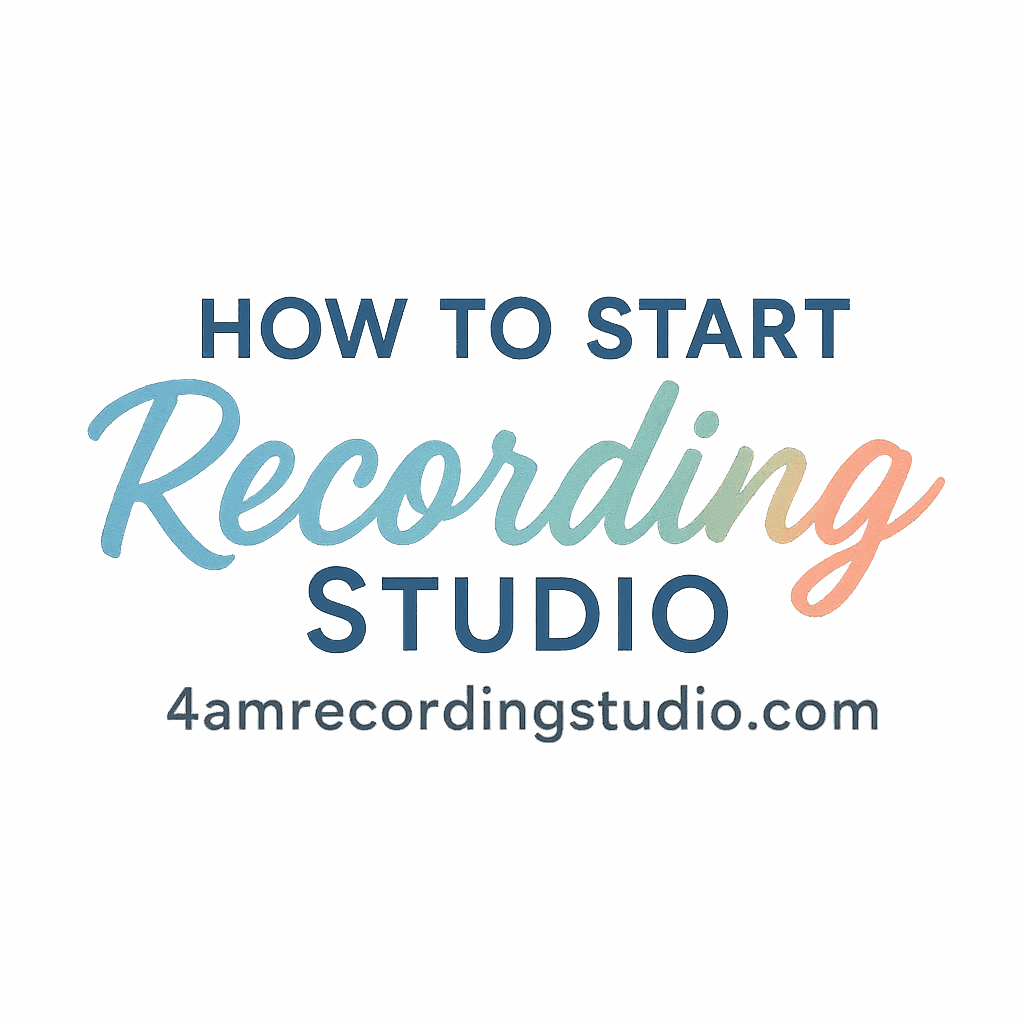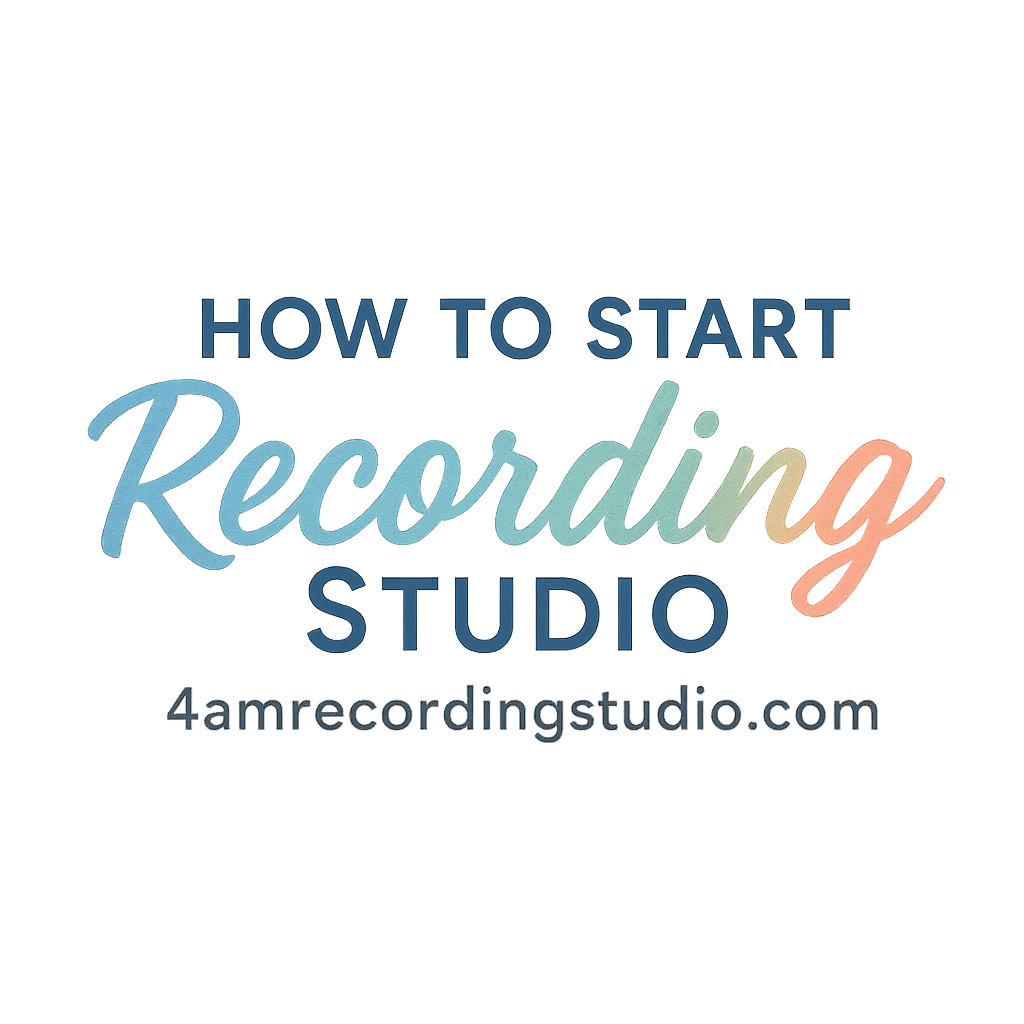So, you’re diving into music production and wondering where to start with gear? One thing’s for sure—you need studio monitors. Not just any speakers, but real, honest monitors that let you hear the true sound of your recordings. And if you’re just starting out, don’t worry—you don’t need to break the bank.
This guide will walk you through the best affordable studio monitors for beginners, what makes them special, and how to make the most of them, even in a small space.
Why Studio Monitors Matter for Beginners
Studio Monitors vs. Regular Speakers
Let’s get one thing clear: your regular Bluetooth speaker or computer speakers just won’t cut it. They often enhance bass and color the sound, which might be great for listening—but terrible for mixing.
Studio monitors are designed for flat frequency response. That means what you hear is what you actually recorded.
The Learning Curve: Hearing Every Detail
Think of studio monitors as a magnifying glass for your sound. They’ll reveal tiny mistakes, odd frequencies, or background noise you’d otherwise miss. And yes, it may sound worse at first—but that’s the whole point.
Key Factors to Consider When Buying Budget Studio Monitors
Frequency Response
Look for a flat frequency range—ideally something close to 70Hz to 20kHz for entry-level gear. That gives you a clear picture without muddy bass or sharp highs.
Size of the Monitor
If you’re in a small room, you don’t need massive 8-inch monitors. 3.5 to 5-inch woofers usually do the trick and won’t overwhelm your space.
Room Acoustics and Placement
Even the best monitors will sound off in a poorly treated room. Learn how sound behaves in small spaces using guides like this one on recording studio setup basics.
Active vs. Passive Monitors
Go with active monitors—they have built-in amps, making setup easier and more cost-effective for beginners.
Budget and Brand Reputation
Stick with trusted names. Brands like PreSonus, KRK, JBL, and Mackie have a proven track record in the entry-level monitor space.
Top 5 Affordable Recording Studio Monitors for Beginners
Let’s break down the best budget studio monitors you can buy today without sacrificing quality.
1. PreSonus Eris E3.5 – Best Overall Budget Monitor
Features and Sound Quality
Compact but mighty, the Eris E3.5 offers a clean, flat sound for under $100. With 3.5″ woofers and 1″ silk-dome tweeters, it’s perfect for home setups.
Pros and Cons
Pros:
- Excellent value for the price
- Smooth highs and balanced mids
- Front panel volume and headphone jack
Cons:
- Limited bass response
- Not suitable for large rooms
2. KRK Rokit 5 G4 – Popular Choice Among Beginners
Features and Sound Quality
This monitor looks cool with its iconic yellow cone and delivers a punchy sound. It’s got a built-in graphic EQ and DSP-driven room correction.
Pros and Cons
Pros:
- Great low-end for a 5” monitor
- Bluetooth version available
- Excellent build quality
Cons:
- Slightly hyped low frequencies
- Pricey compared to others here
3. Mackie CR3-X – Compact Yet Capable
Features and Sound Quality
Don’t let the size fool you—these little guys pack a punch. Great for tight spaces, they offer a decent stereo field and clear mids.
Pros and Cons
Pros:
- Sleek design with green trim
- Very affordable
- Front panel control
Cons:
- Bass can feel weak
- Slight hiss at high volume
4. JBL 305P MkII – Pro-Grade at an Affordable Price
Features and Sound Quality
This 5-inch monitor has features you’d expect from a higher-end unit, like Image Control Waveguide, which enhances soundstage clarity.

Pros and Cons
Pros:
- Deep, tight bass
- Excellent stereo imaging
- Room-friendly EQ switches
Cons:
- Slightly larger footprint
- Needs balanced cables for best results
5. Alesis Elevate 5 MKII – Bang for Your Buck
Features and Sound Quality
A hidden gem! These 5-inch monitors are perfect for beginners who want quality sound without emptying their wallets.
Pros and Cons
Pros:
- Wide frequency range
- Rear bass port enhances low-end
- Wood cabinet reduces resonance
Cons:
- No front volume knob
- Needs better isolation pads
Tips for Getting the Most Out of Budget Monitors
Proper Placement and Isolation
Place your monitors in an equilateral triangle with your head and use isolation pads or stands. This helps avoid muddy reflections.
Acoustic Treatment on a Budget
Foam panels and bass traps do wonders. Check out our recording studio setup basics for a detailed guide.
Calibrate Your Monitors for Accuracy
Use pink noise or reference tracks to tweak EQ settings. Free tools like Room EQ Wizard can help.
Mistakes Beginners Make When Buying Studio Monitors
- Choosing based on looks instead of specs
- Ignoring room acoustics
- Over-relying on low-end “boom”
- Buying monitors too big for their space
Learn more about recording studio management and growth so you don’t waste time or money.
Where to Buy Affordable Monitors Online
Some great places to grab deals include:
- Sweetwater
- Thomann
- Amazon
- Reverb
Also, don’t forget to check out the tools section at Recording Studio Equipment & Tools.
Conclusion
If you’re just starting your music journey, your gear doesn’t have to be top-shelf—but it does need to be honest and reliable. These 5 affordable recording studio monitors for beginners give you professional results without the pro price tag.
With the right setup, even a budget studio can crank out hits. Learn how to turn that hobby into a business at Recording Studio Business Planning and explore all the essential tools at your disposal.
FAQs
1. Can I mix and master music on budget monitors?
Yes, as long as you treat your room properly and trust your ears.
2. Are 3.5-inch monitors good enough?
For bedroom producers and small setups—absolutely.
3. Should I get a subwoofer too?
Only if you’re working with bass-heavy genres and your monitors lack low-end response.
4. What’s better for beginners—KRK or JBL?
Both are great. KRK emphasizes bass, while JBL offers a more neutral sound.
5. Do I need an audio interface with monitors?
Yes, especially if you want better sound quality and balanced inputs.
6. How far should monitors be from the wall?
Leave at least 6–12 inches of space to avoid bass buildup.
7. Where can I learn more about studio setups and management?
Check out the Recording Studio Marketing & Branding guide to get started, or browse tags like beginner, setup, and recording studio.


